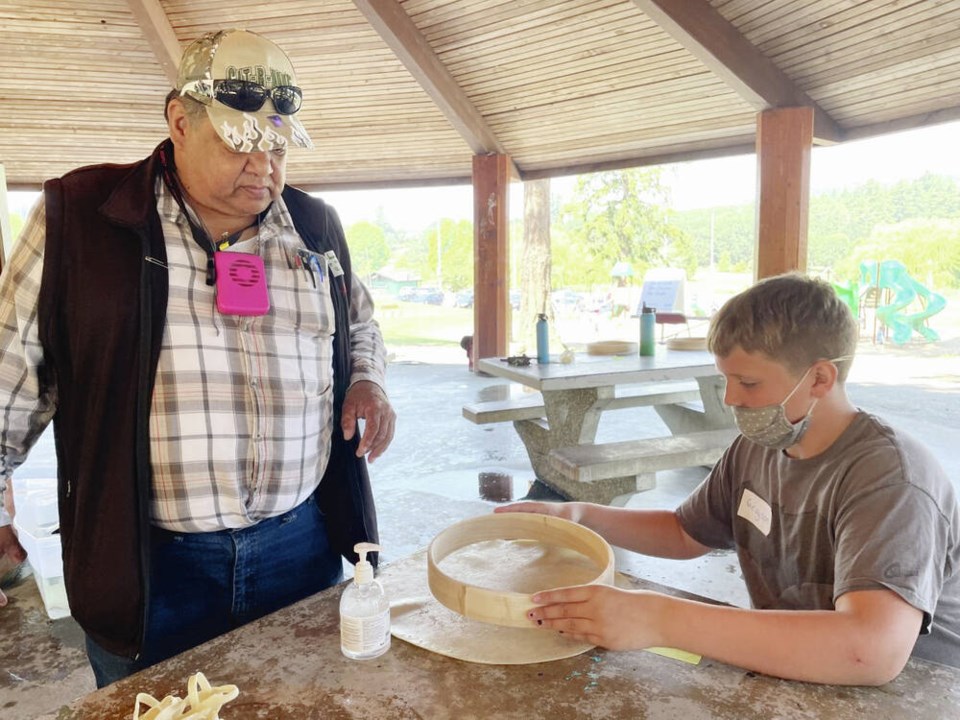A couple weeks ago, I organized the Change-Makers Gathering Festival in Langford. The goal was to demonstrate honour and respect for Indigenous knowledge.
We ordered 135 drum kits, and at the end of the day we didn’t have any left. I watched a lineup of people waiting to make drums, weave cedar and learn to draw from an Indigenous artist.
As I reflected on the day, I was so impressed with how many people wanted to come and learn from Knowledge Keepers.
I shared with my daughter that things weren’t always that way. She asked me questions about how things had changed and what I had experienced in my younger years.
I don’t remember seeing space made to honour and acknowledge Indigenous culture, the way it is now. I remember a handful of school field trips and stories. I have more memories of negative attention toward Indigenous people.
I mentioned to my daughter that when I was younger, it was common for people to tell “Indian jokes.”
My daughter turned to me and said: “What’s an Indian joke?”
Her question took me aback. When I was young, I never would have thought that children wouldn’t know what they were.
It makes me sad to think of how casually people would tell racist jokes, and happy that it is no longer acceptable.
I can only speak from my experience — maybe these jokes weren’t as prevalent in other people’s family and peer circles. In my life, they were told by adults and children in all types of situations.
I didn’t like hearing the jokes, but I didn’t think they would ever go away.
There is more growth happening than people not saying hateful things. There are strides being taken toward understanding. The difference between tolerating someone and accepting them is a big one. I think it is rude to merely tolerate someone; it doesn’t seem very kind.
My friend’s son, who is 14, asked if he could interview me for a school project he was working on. The assignment was based on the Truth and Reconciliation calls to actions. He selected the calls under “justice” because he knows I am on the Victoria-Esquimalt Police board and thought I could share something interesting for him to report back to his class.
How refreshing to know that youth in school are learning about this, reading the calls to action, and selecting ones they want to learn more about or discuss. I raise my hands to the teacher, and the students for their work.
When the teen was three years old, he was at my house with his 10-year-old sister. They took some cedar headbands I had made, put them on and made a little game.
His older sister said: “We are playing First Nations.”
At that time, I mentioned it on my Facebook profile because I felt it was a big step forward for children to improve the former “Cowboys and Indians” game, where it was about a battle and dominance, to “playing First Nations,” where there was respect without the conflict.
I was impressed with children “playing First Nations.” Now, a decade later, the little boy is a football-playing teen who is creating a podcast on Truth and Reconciliation. We are seeing the changes this next generation is bringing, and it’s a breath of fresh air.
There are moments when we can see that positive change is happening, and other times where it’s not as easy to see.
I can only imagine the strides that will have been made in the next few years, as community interest continues to grow and moves further in the direction of understanding, acknowledgement and respect.



